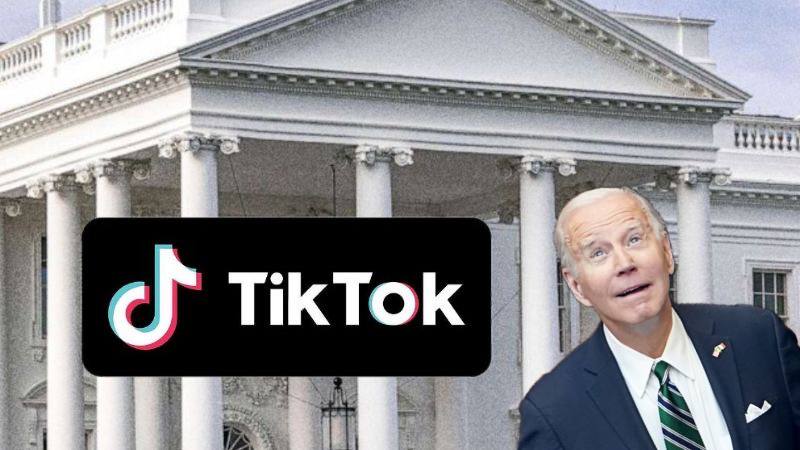On December 5, scientists at California's Lawrence Livermore National Laboratory managed for the first time ever to generate more energy from a nuclear fusion reaction than it took to initiate the process, with Energy Secretary Jennifer Granholm explaining that the achievement moved the US one step closer to the goal of achieving commercial fusion within a decade.
The landmark achievement was touted as a milestone that will "undoubtedly spark even more discovery."
Granholm noted that the Biden administration would be working to ensure it was done "with the highest safety standards, with cost-effective, equitable deployment ... and with a skille workforce that is diverse and inclusive."
According to the LLNL, researchers at its $3.5 billion National Ignition Facility were able to generate 3.15 megajoules of energy from the 2.05 megajoules that was used to ignite the reaction.
The process, which takes place naturally in the Sun, involves using 192 of the most powerful lasers in the country to zap a gold and uranium-encased, peppercorn-sized sphere of diamond, which holds various hydrogen isotopes.
The ensuing shockwave of diamond particles mashes the hydrogen together, creating the fusion reaction.
"This is a big deal," NPR science correspondent Geoff Brumfiel said, noting however that the energy produced "wasn't all that much."
He went on to explain that while the experiment did generate more power than was put in, the lasers used to create the reaction used up a lot more energy, 300 megajoules per zap, thus canceling out the surplus.
"This is just the start of the problem with this whole laser approach," Brumfiel continued. "If you wanted to make electricity you'd need to zap several of these diamond targets every second .. and you have to do that over and over for days, months, and years."
Scientists are currently only able to perform on zap per week, thus the capability of generating electricity remains "decades away."
"The pursuit of fusion ignition in the laboratory is one of the most significant scientific challenges ever tackled by humanity, and achieving it is a triumph of science, engineering, and most of all, people," said LLNL Director Dr. Kim Budil.
"Crossing this threshold is the vision that has driven sixty years of dedicated pursuit — a continual process of learning, building, expanding knowledge and capability, and then finding ways to overcome the new challenges that emerged. These are the problems that the US national laboratories were created to solve."
Join and support independent free thinkers!
We’re independent and can’t be cancelled. The establishment media is increasingly dedicated to divisive cancel culture, corporate wokeism, and political correctness, all while covering up corruption from the corridors of power. The need for fact-based journalism and thoughtful analysis has never been greater. When you support The Post Millennial, you support freedom of the press at a time when it's under direct attack. Join the ranks of independent, free thinkers by supporting us today for as little as $1.
Remind me next month
To find out what personal data we collect and how we use it, please visit our Privacy Policy







